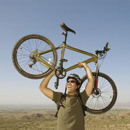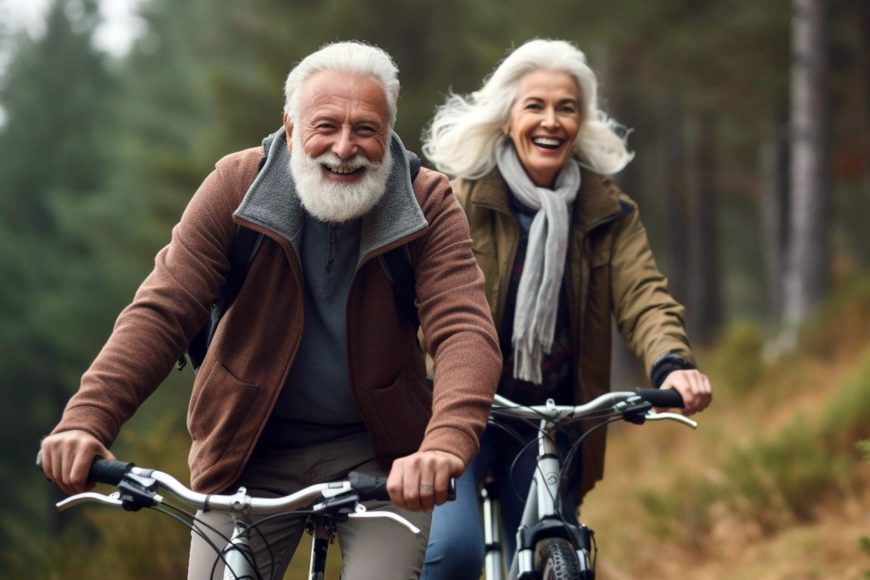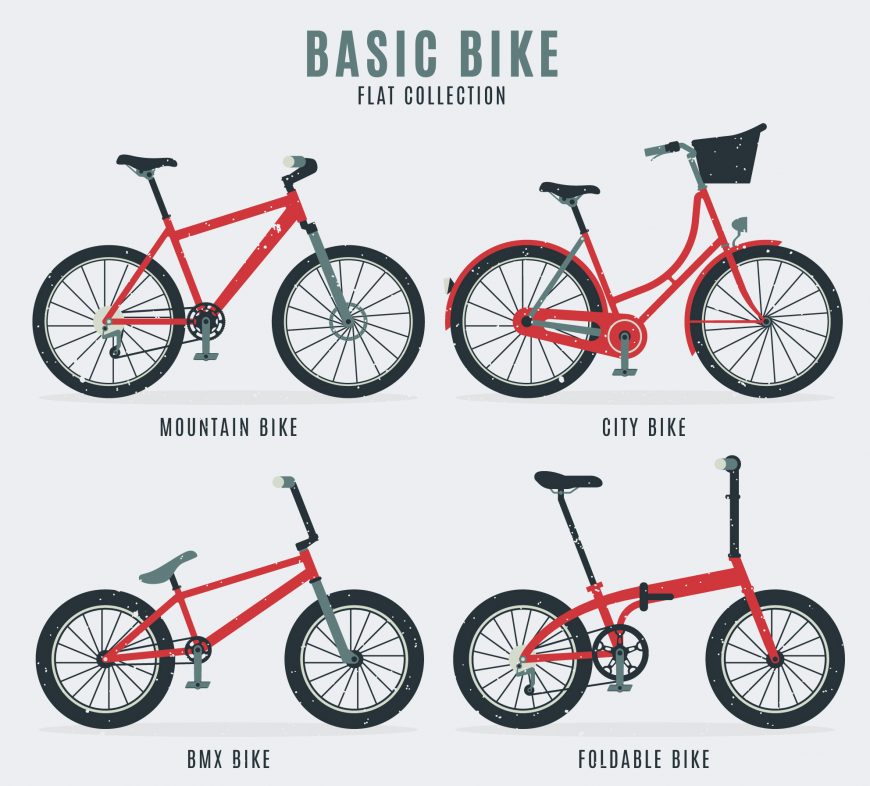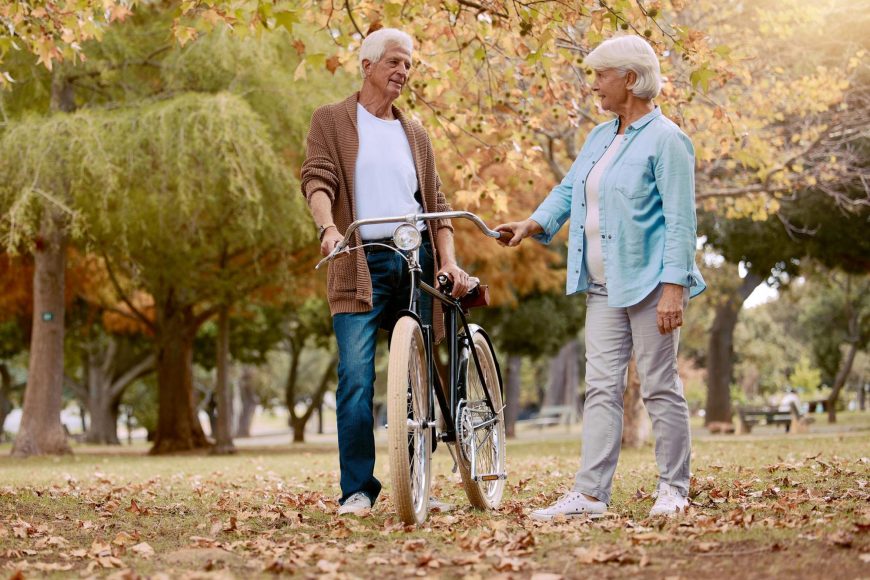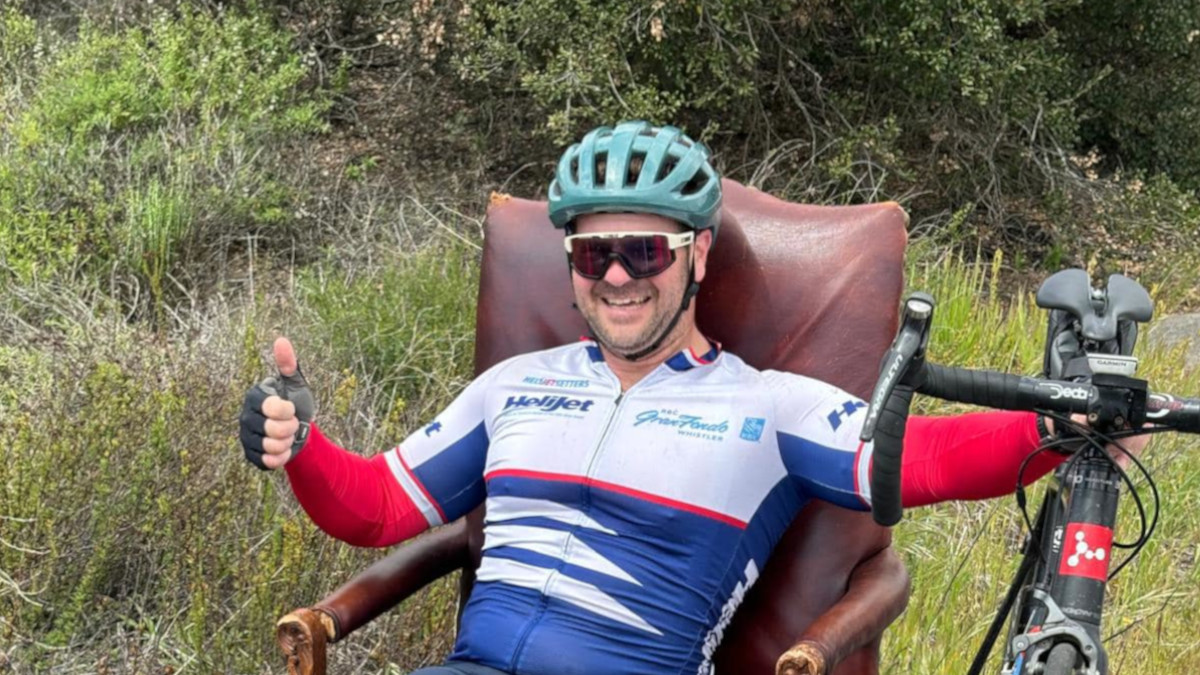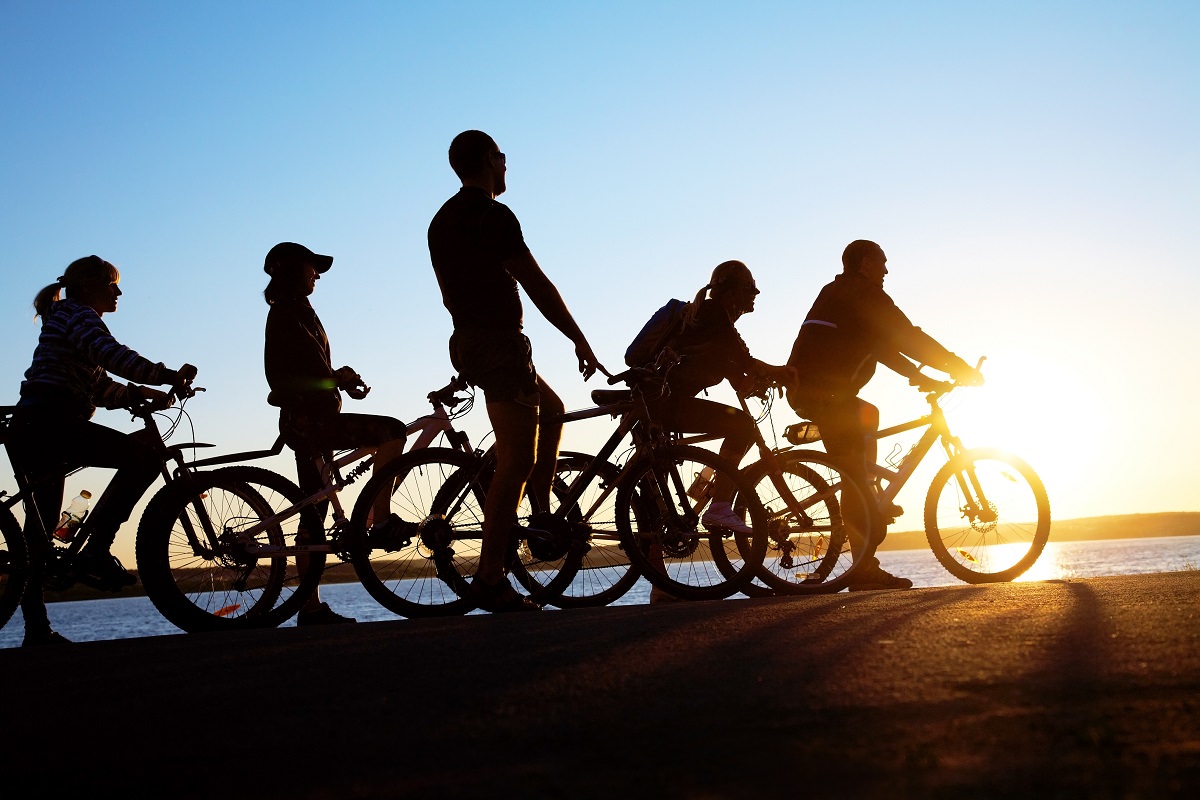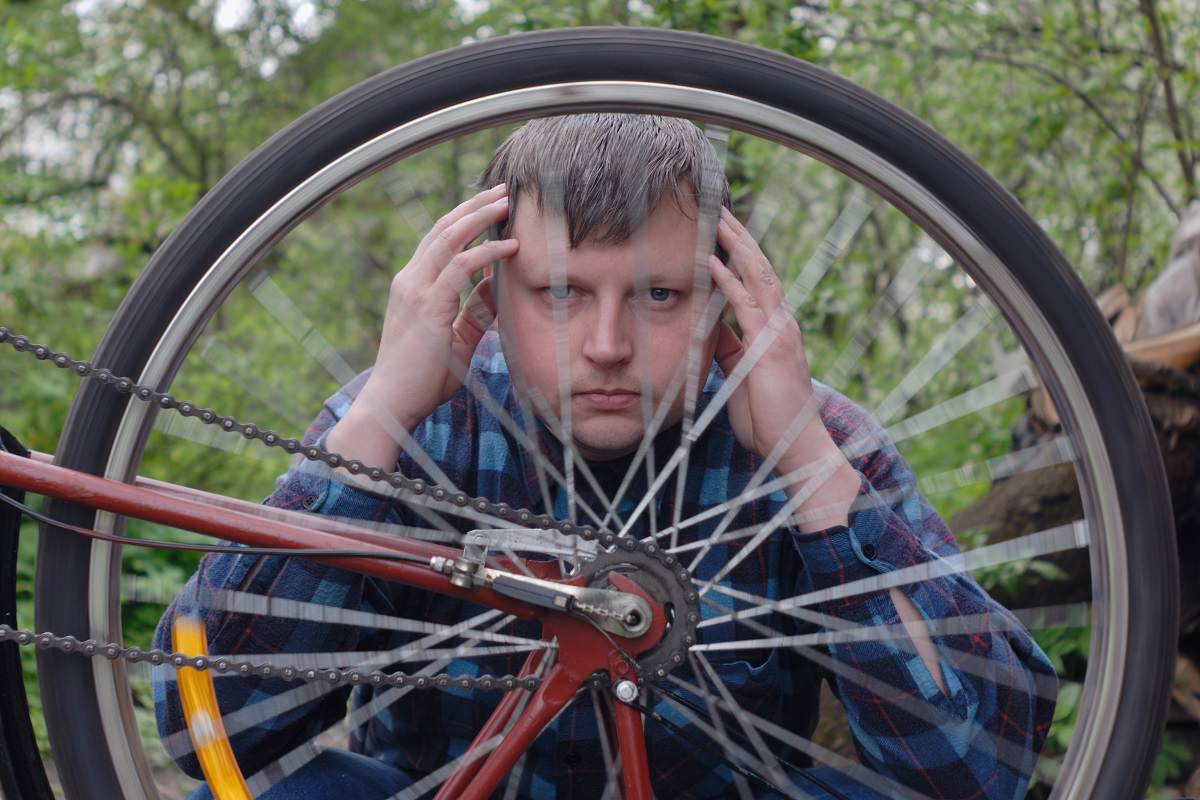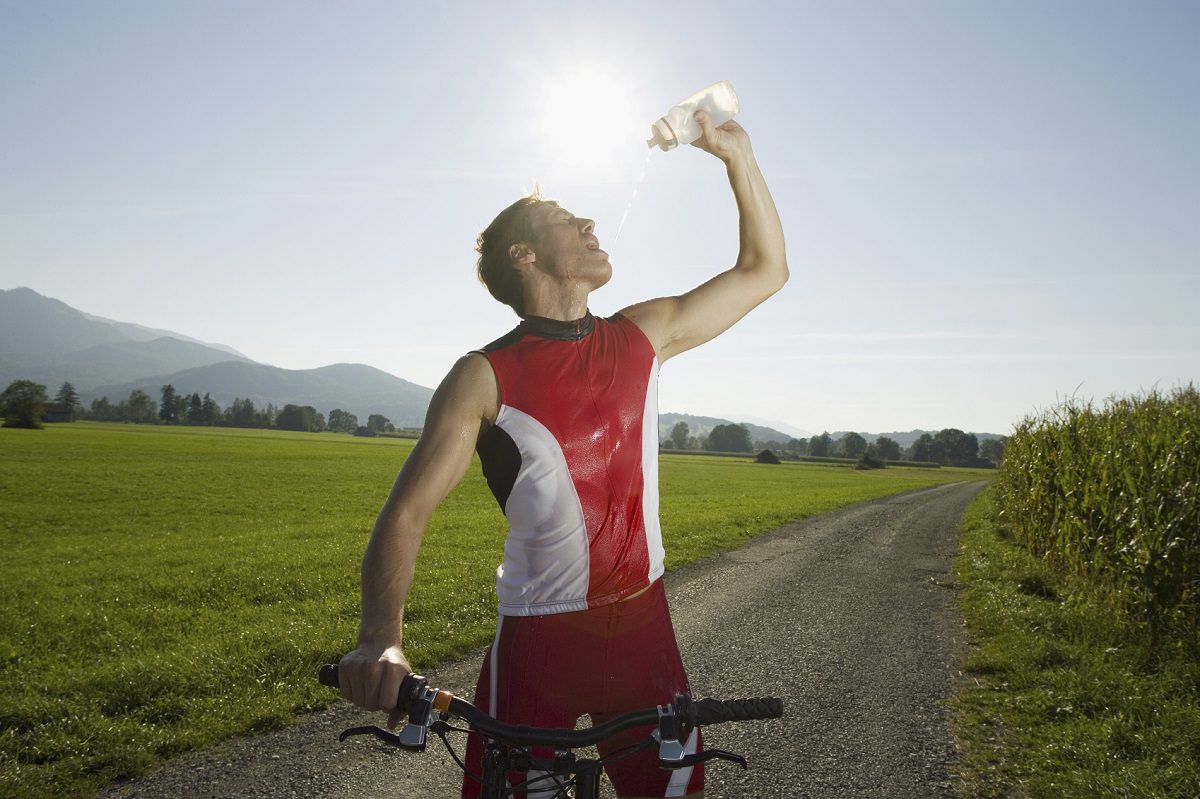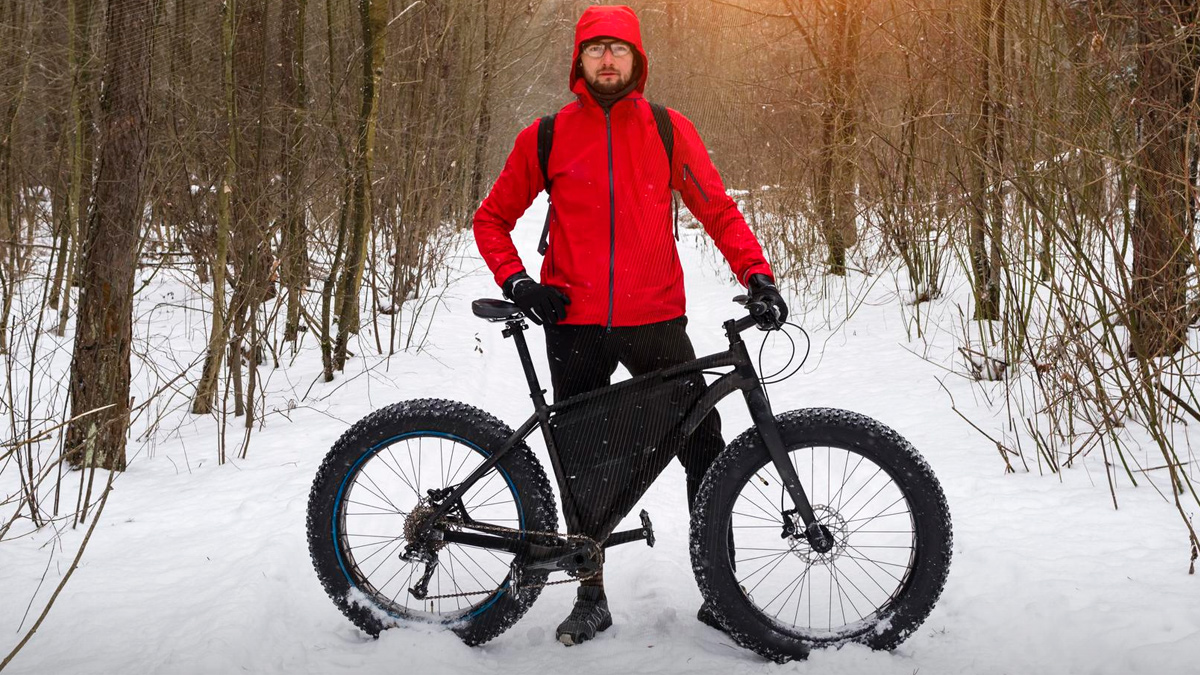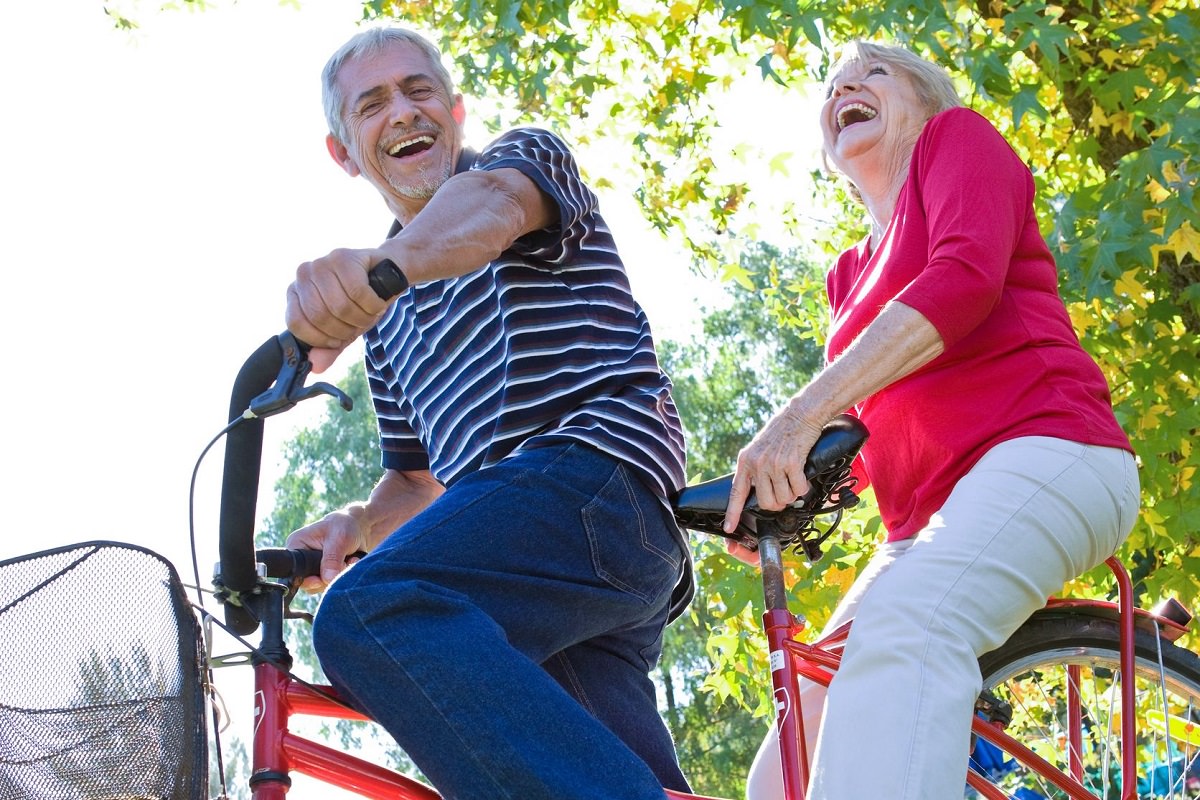The one activity that knows no age limit is cycling! Ask me, I will be 58 in a few months and I still have these knees riding the bicycle! I picked up cycling again when I was 50 years old and retired from my job. Were there any precautions? Well, yes. You did not expect me to just hop on the bicycle and start riding after a break of 20 years, did you?
The best way to start cycling if you are old is by Assessing Your Health first. Are you ready to take on this activity? Once you are done with that the next step is to get the Right Gear! Having the right bike and safety gear is going to have the biggest impact on your cycling decision.
Let’s discuss it in a bit more detail.
Guideline To Start Cycling When You Are Older
1. Assess Your Health
The first step is to assess your health. You can consult your doctor and discuss with them that you want to start this activity. They will assess your health and tell you your limitations, if any. Have a detailed discussion.
I would recommend you tell them about any pre-existing medical issues, and the medicines that you are using and discuss with them any concerns that you might have. A doctor will give you their recommendations from a medical point of view, and if you have the green light, you can start whenever you like.
2. Get The Right Safety Gear
Your safety is one thing you should not compromise on. No matter what age you start cycling, your safety should always be your top priority. Even if you are going for casual riding, you have to have the following safety gear:
Buy A Good Helmet
Get a well-fitted helmet that sits on level on your head. It should also cover your forehead and meet all the safety standards.
Buy Bright Clothing
Wear clothes that are bright and easily visible even from a distance. Install lights on your bike so that you are visible while cycling during nighttime
3. Choose Your Bike Wisely
Your cycling experience will be only as good as the type of bike you are using. That does not mean that you have to spend a lot of dollars, you just have to find the right bike.
Consider the following:
The Bike Type
What type of bike do you want? Do you want a comfort bike, a hybrid, or an electric bike? E-bikes are famous among senior riders because they provide a little extra push and are also more comfortable.
The Right Frame Size
You have to find the right frame size according to your height. The right bike fit makes your ride comfortable and reduces any strains that you might face on a wrongly fit bike. You can consult this bike size guide to find the right fit.
A Lower Top-Tube Frame Type
A lower top-tube frame will be easier to mount and dismount in my experience. It will be easy for you as compared to a higher top-tube frame. Consider buying a step-through frame for your ease.
Discover the freedom of bike commuting! Read our guide on how to start bicycle commuting and transform your daily commute
4. Begin With A Warm-Up
Before you begin your cycling adventure, make sure to stretch. I would recommend doing a light aerobic exercise so that your muscles can warm up. You can also try a brisk walk and once you have completed your ride, stretch gently to avoid any muscle tightness.
5. Start Slow
Give yourself and your body time to get used to the activity. Start with shorter rides. This will help you get used to cycling and also reduce any risk of injuries. Shorter rides also help build confidence.
6. Learn The Proper Cycling Technique
Adopting the proper cycling technique can have a profound effect on your experience:
Upright Riding Position
Maintaining an upright riding position reduces the strain on your back, shoulders, and neck. To achieve this, make sure your shoulders are relaxed and your elbows are bent inwards.
Focus On Your Pedaling
Don’t push too hard on the pedal, it can strain your knees. Try to pedal in a circular, smooth motion so that you don’t stress out your knees.
Use A Comfortable Gear
You can use your bike gear to find a comfortable cadence. Cadence is a word for pedaling speed. Try to stay on lower gears when you are going uphill and when you have to ride downhill, use a higher gear. You can also higher gears while riding on a flat surface.
7. Join A Cycling Group
Join a cycling group or a club that caters to senior riders. Look for a group that offers rides at a pace that is comfortable for you. Joining a group can give you the motivation and help you discover new routes. In this way, you can also make new friends who share your interests.
Become a confident cyclist! Learn essential bike hand signals to communicate effectively on the road. Safety first!
8. Stay Hydrated
If you are dehydrated, you will feel fatigued which can dim your riding experience. Make sure to stay hydrated. Carry a water bottle and some light snacks so you can stay nourished on your ride without feeling burned out.
9. Listen To Your Body
Your body is your temple so pay attention to the signals that it is sending you. If you feel tired or experience any pain while riding, stop. Take a rest. With time, you will be able to learn the difference between overexertion and normal fatigue. Until then, don’t ignore what your body is trying to tell you.
10. Take Rest
I know cycling is a really fun activity but don’t overdo it. Give your body the time to adapt to this new activity. Take gaps so that your body can rest. You can also try to incorporate other gentle activities like yoga or leisure walks so your body can adapt to the new routine easily.
How Far Should You Go?
A very common question that comes to mind when you are cycling especially at a senior age is how far should you go. How many km is it safe to ride? While there is no rule or definitive answer because, in the end, it depends on your current fitness level. How active are you? Is it the first physical activity that you are going to take up in a long time? Or are you physically active? If yes, then I would say it is safe to go the extra mile.
But if you are not active, take it slow. I would suggest that you ride up til the point where you start feeling tired. An intensity that makes you feel a little out of breath is fine. That’s what I did. Now this point may be just a block down for you and for someone else, it can be miles before they feel tired.
Even if you can ride just a block, never think that you are riding too short or you are not pedaling hard enough. Gradually increase the zone in which you can comfortably ride. You can daily add a little distance to your area covered and build up stamina. This will pump up your fitness and with a little bit of time, you will be riding further than you ever imagined.
So remember, the key here is to listen to your body and take it slow.
Signs To Watch Out For When Cycling
While cycling, there are some important signs that you should look out for. When cycling at an older age, you have to be cautious of the following signs:
1. Shortness Of Breath
It is common to feel a little out of breath when you are cycling but anything beyond the ordinary where you are panting or struggling to take a breath is not normal. It can be a sign of respiratory or cardiovascular issues.
2. Fatigue
Feeling exhausted beyond a certain level after a ride even when you did not ride on a tough route can be a sign of a certain health issue. Take breaks whenever needed and if you feel overwhelmed, discuss it with your doctor.
3. Dizziness
You can feel dizzy during a ride or after it and it can be due to dehydration, low blood sugar, or an underlying health issue. Stop cycling, increase your liquid intake, and rest.
4. Chest Pain/Discomfort
Any pressure on your chest, pain, or discomfort should never be taken lightly while cycling. If you feel this way, immediately stop riding and seek medical attention.
5. Difficult Riding
If it is difficult for you to control your bike or maintain your balance, it can be due to an issue with your motor skills. It can also be due to low muscle strength or an underlying neurological issue.
6. Any Change In Vision Or Hearing
When you are riding, especially on a busy road, you need good visual and auditory awareness. If you feel that there has been any change in these two abilities, it can profoundly affect your navigation skills. I would recommend checking in with a doctor so that you can ride safely.
7. Uncomfortable Saddle
If your saddle is not comfortable, it can cause various problems like soreness, pain, and even chafing. Invest in a comfortable saddle and you can even buy padded shorts. I have the Troy Lee Designs Skyline Bike Shorts with Liner and they are very comfortable to ride in, even for extended hours.
8. Overuse Injuries
Cycling requires repetitive movements which can lead to overuse injuries. If there is constant pain in any specific area, for example, your knees, neck, or back, you need to adjust your riding technique. If you still feel the pain, you need to get it checked.
9. Change In Mood
Notice your mood before and after riding. If you feel irritated or anxious after cycling, you need to consider how cycling is affecting your mental health.
Unlock the health benefits of cycling! Dive into our article on the incredible advantages of cycling for your body and mind
Benefits Of Cycling Over 60’s
Cycling has uncountable benefits no matter at what age you start the activity. Here is a video that explains the benefits of cycling at a senior age.
Feeling inspired? Meet these incredible senior cyclists who defy age and bicycle with passion. Their stories will motivate you!
FAQs
Is Cycling Good For Old People?
Yes, cycling is good for old people because it is a healthy activity. It strengthens your muscles and keeps you fresh. It is also good for the heart and lungs.
Is Cycling Good For Your Knees?
Yes, research states that cycling is good for the knees. There is a lesser impact on the knee joint so it is also a very healthy activity for patients suffering from knee osteoarthritis
How Fast Should A 60-Year-Old Cycle?
9-11 miles per hour is the average speed recommended for a 60-year-old cyclist. But it is not a hard and fast rule. It depends on your physical health and stamina. You can increase or decrease the speed according to your comfort.
Conclusion
Cycling is a wonderfully engaging activity for people of all ages. At any age, it is important to prioritize your health and listen to what your body is trying to tell you. Nevertheless, it’s never too late to start a new activity. If you feel like riding a bike and are in good health, then don’t waste time.
Jump on the wheels and get going. Happy Riding!
Also Read: How Cycling is Creating Jobs For The Future: The Spokes of Success
Should you have any questions or require further clarification on the topic, please feel free to connect with our expert author Luke Ameen by leaving a comment below. We value your engagement and are here to assist you.

